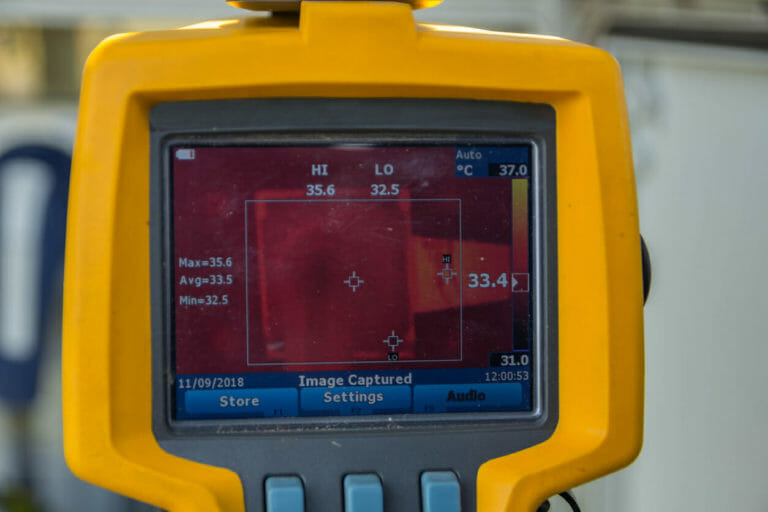Vital Equipment: UPS Batteries
Arguably the most important part of a UPS is the batteries. The UPS battery is the lifeblood of the UPS providing back-up power in the event of an outage. Making routine maintenance checks all the more important. Here’s what to looks for on a field service report as it pertains to a UPS’s batteries.
When receiving an FSR for the UPS’s batteries, the basic unit information will include:
- Make & Model
- Internal vs. External Battery Delineation
- Age
- Number of Strings
An inspection will cover 3 key areas when testing: visual inspection, battery testing, and a check of safety measures. A report should have accompanying clear images, date codes, and follow-up instructions if applicable. These supplemental materials help communicate the overall “health” of the UPS’s batteries
The results of the visual and performed tests allow the expert technician to make recommendations for the UPS to remain in optimal operating conditions.
Vital Equipment: Capacitors & Fans
Another vital component of UPS systems are their capacitors and fans. As UPS systems greatly vary in design and technology, so do the required number and size of capacitors and fans — making them uniquely important to each individual make and model.
To determine potential areas of concern, a technician will perform a general equipment evaluation, with the results being delineated in the FSR. During the checks, age VS design life, signs of overuse, and overall performance are all being evaluated. In the case of capacitor or fan failure, prevention is key — get yours checked.
Performed Test: Balancing UPS Loads
When performed properly, balancing UPS loads maximizes its output and avoids overuse, ultimately, increasing the UPS’s useful life. However, equipment configurations change overtime as parts age or wear or new components are swapped in.
Many failures can result from unbalanced loads from premature equipment failure to potential fault overload.
Maintenance service ensures balanced UPS loads, surveying for equipment overuse and running tests with the results outlined in the FSR.
Performed Test: Thermal Image Scanning
Thermal image scanning detects infrared radiation and, from that information, generates a corresponding image. Excessive heat to any mechanical or technological component can be extremely damaging, making it one of the most reliable tests in predicting impending equipment faults.
From the scans, technicians are looking and noting temperatures outside of component tolerances as defined by the manufacturer. As a result, adequate courses of action can be recommended in the FSR.
While these are just a few of the items completed during a maintenance inspection, it is crucial to grasp the importance of each UPS component and be able to recognize signs of damage or underperformance in order to ensure overall reliability of a back-up power system.
Assure the health and longevity of a UPS system with full-service UPS maintenance checks from QPS.
Read Our Field Service Report Series

We are all familiar with going to the doctor to get a check up on our health. At the end of our visit, we typically receive a summary of what…

In part 2 of our blog series on field service reports we will cover capacitors, what they do, and what to look for. The capacitor in a UPS is used…

Our third entry in our series on field service reports concentrates on understanding balancing UPS loads. Before we dive in, let’s start by defining what it means to balance UPS…

Our fourth and final entry in our series on understanding field service reports looks at deciphering the results of thermal image scanning. The thermal image scan is important enough that…
Published on May 13 2025
Last Updated on Aug 28 2025
